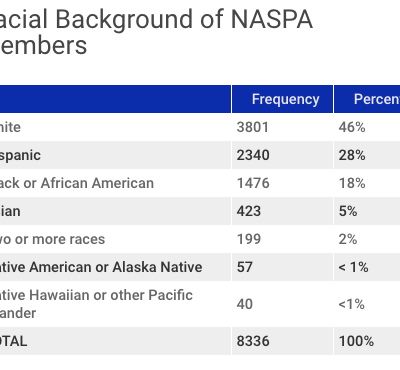New Analysis Reinforces the Racial Disparities of Student Debt
The recent release of the 2015-16 National Postsecondary Student Aid Study has very quickly raised concern and alarm around which students face the largest debt burdens.
Robert Kelchen, assistant professor at Seton Hall University, analyzed the new data and found that black students were 150 percent more likely to accumulate $100,000 or more in student debt than white students. He also found that even when controlling for characteristics such as gender, age, marital status, master’s vs. doctoral program, institutional type, and field of study, these students were still 130 percent more likely to accumulate debts in the six-figures. Kelchen concludes that the data “strongly suggests that the black/white gap in large student debt burdens cannot be explained by other demographic characteristics or individuals’ field of study.”
These data reinforce, if not exacerbate, the conclusions from a number of recent reports that have drawn attention to the fact that African American students and their parents are at a greater risk of carrying and defaulting on college loans.
Using data from the Beginning Postsecondary Student (BPS 2004) survey, Judith Scott-Clayton, nonresident senior fellow at Brookings, demonstrated that 12 years after entering college, 20 percent of black students who graduated with a BA had defaulted on a student loan within 12 years of entering college, compared to only 4 percent of white graduates. Additionally, black students defaulted at higher rates than first-generation, low-income students.
Using the same data source, Ben Miller showed that after 12 years, black students were, on average, not paying down the principal on their loans. The median percentage of the original balance still owed by these students was 112 percent, compared to 65 percent for white students, 83 percent for Hispanic or Latino students, and 80 percent for all students.
Rachel Fishman, deputy director for research with the Education Policy program at New America, connected how the wealth gap and parent PLUS loans were exacerbating inequality for black families. Simply put, black families have accumulated much less wealth than white families, and PLUS Loans allow parents access to loans to pay for their child’s postsecondary education, widening the large intergenerational educational debt gap between low-income black families and their white peers.
If you have any questions or comments about this blog post, please contact us.


